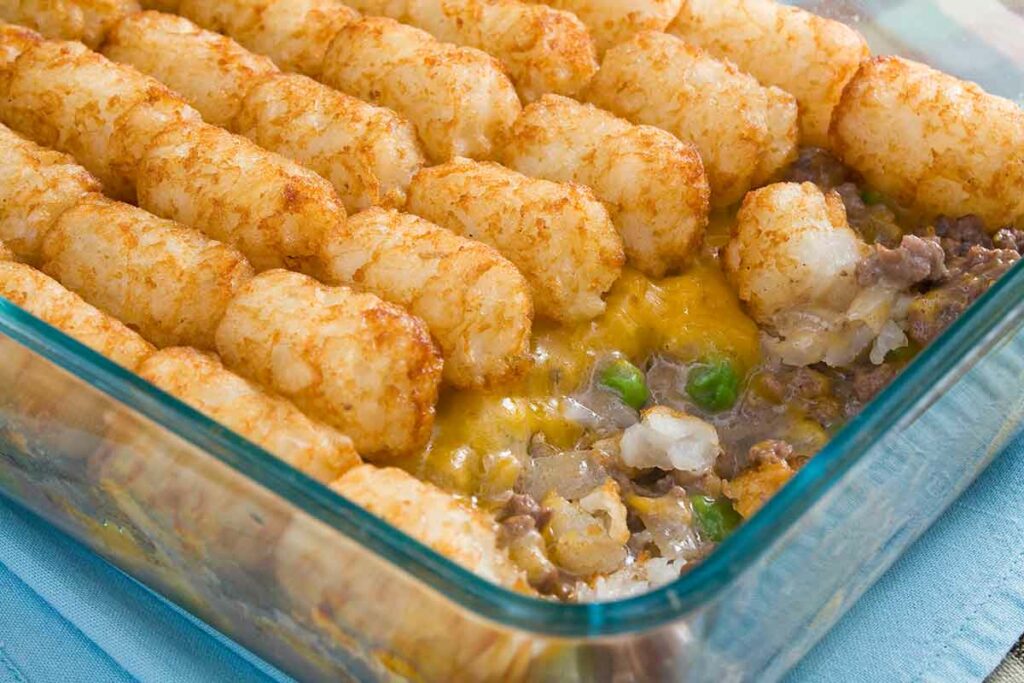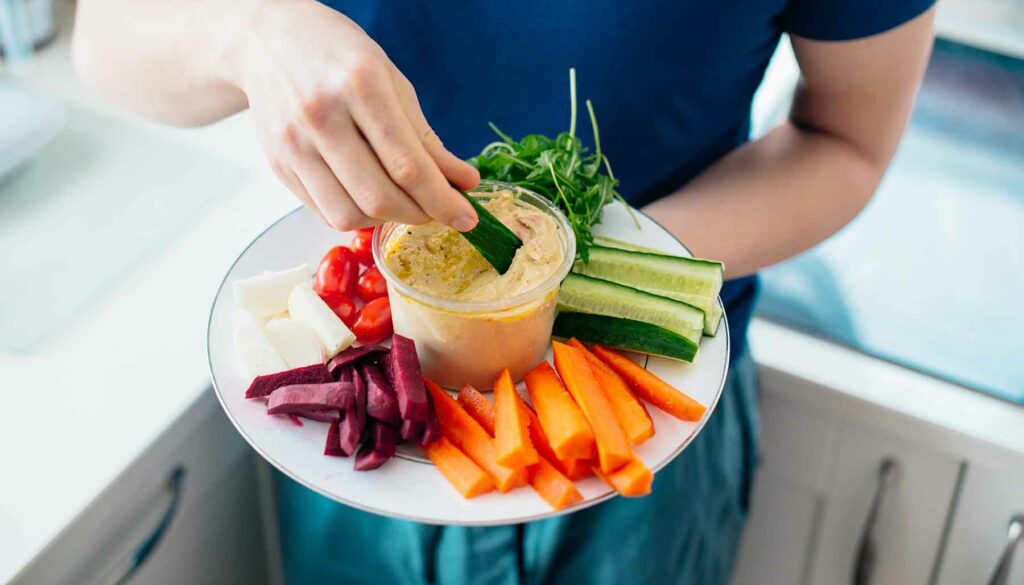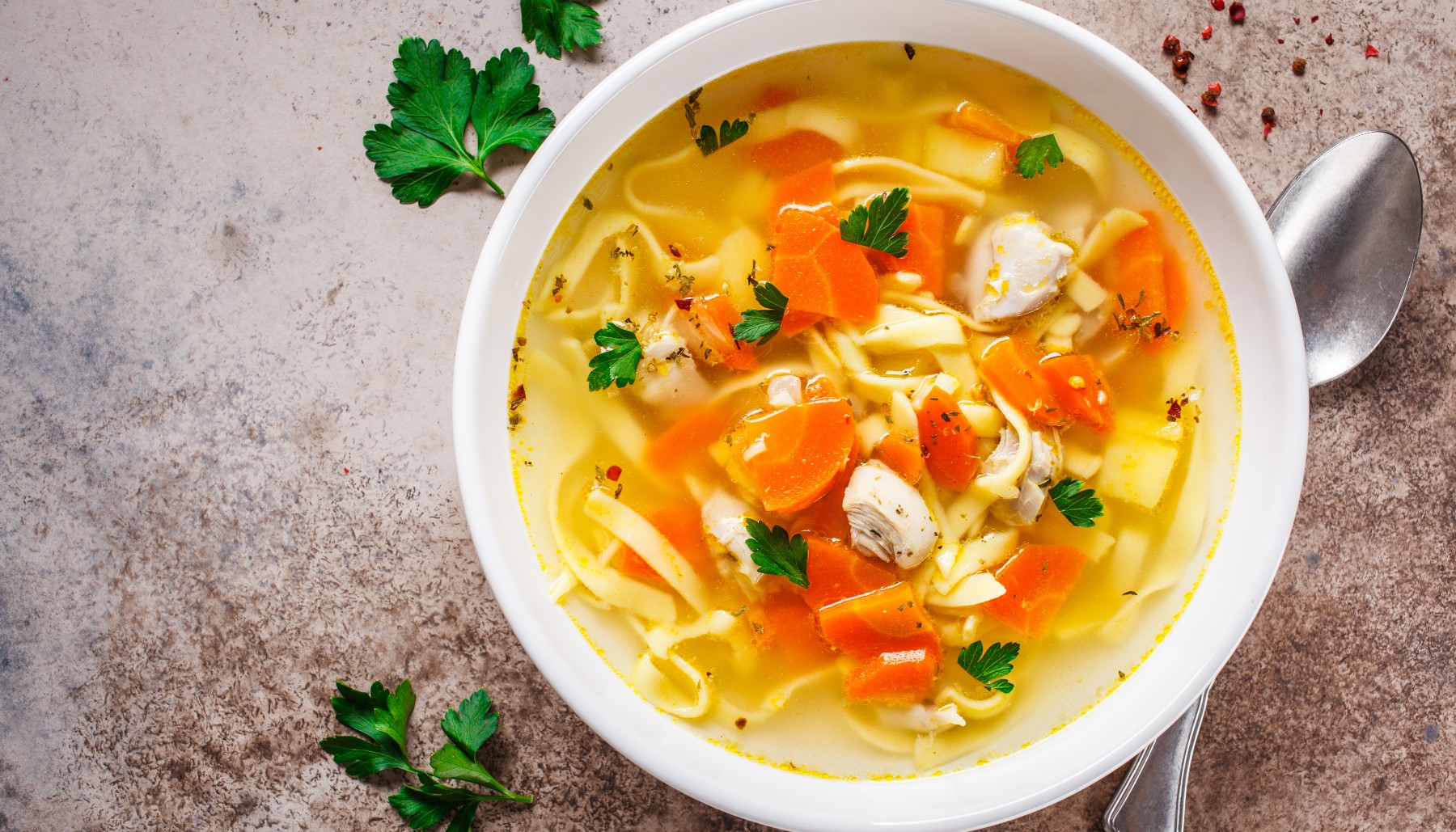If I’m being honest, my love language is food. When I know that food might help someone, I am the first one to whip up a comfort food casserole. It isn’t unusual. Sharing food is one of the oldest expressions of love and support. That’s why when someone is facing a challenging situation, a meal train is a great way to help.
I have participated in and organized meal trains for people over the years. I’ve also been the recipient of one a couple of times, too. It might seem kind of simple, or even silly, to someone who has never been on the receiving end before. But I can tell you from personal experience, it meant a lot more to me than you could probably imagine.
So, if you have a friend or relative that is in a difficult spot or facing a new situation, you might want to think about setting up a meal train for them. And luckily for you, I’m here to help!
What Is a Meal Train?
Before we dive into how to organize a meal train, we should probably talk about what it is first.
A meal train is essentially a planned method for friends and relatives to send food to a family that is in need. Meal trains are generally set up around significant life events, and carry the burden of planning and preparing meals for a family during a time that is already chaotic, busy, unpredictable, and maybe even unexpected.

There are a lot of reasons a person might benefit from a meal train. Perhaps they are battling illness, dealing with an injury, or recovering from a procedure. A death in the family can take a huge toll on the household, especially when someone is in charge of the estate or funeral planning. And bringing home a new baby comes with its own set of challenges that can flip a household upside down.
Whatever challenging situation has come up, an organized meal train is a way for friends and loved ones to show their love and support. It’s also a great way to take one big responsibility off their shoulders! By dropping off those meals, you’re eliminating their need to meal plan, go to the grocery store (or order groceries), prep ingredients, and cook. That’s a lot!
Do a Little Homework First
Before you get started with actually organizing the meal train, you need to know what you’re organizing first! Doing your homework means you won’t unwittingly deliver food that the recipient doesn’t need or can’t eat.
Check with your friend to see if they have any preferences, aversions, dietary restrictions, or allergies. And if they have kids or a partner, you need to ask if they have any restrictions and preferences, too. It won’t be helpful if you give them meals, and they still have to cook something separate for picky children.

Aside from the actual food, you also need to know when to deliver! Not every situation or every person is the same. This also applies to when they would like meals delivered. Depending on why you’re setting up this meal train, their current situation might mean needing meals on certain days of the week. Or, maybe they’re too tired later in the day, so earlier meals are best. Ask your friend or relative if they have time preferences or if certain days are a higher priority.
How long do they need help? As an organizer, knowing how long they will benefit from food delivery is key. You wouldn’t want your meal train to abruptly end while your friend is still in need. You also don’t want to keep delivering dishes that they no longer need.
Okay, one more bit of homework before you are done! We have to figure out what kind of capacity they have for keeping food. Do they have space to stock meals in a freezer or a spare fridge in the garage? Would it be better if meals were delivered warm and ready to eat? This can change how and when you organize meal deliveries for them. You certainly wouldn’t want to arrange a week’s worth of frozen meals if they have nowhere to keep them!
Think Beyond Dinner
Most of the time, we think about organizing meal trains to ensure a person has dinner. It’s less often that we remember that there are plenty of other meals in the day that a person might need help with.
Maybe your friend would prefer help with hearty breakfast ideas to boost their energy in the morning. Would they rather have healthy salads? Some people prefer to eat a large lunch and keep it light for dinner, making dinner deliveries less useful.

Some recipients might appreciate or even prefer something lighter, like snacks. Think about healthy noshes they can nibble on whenever, like veggies and crackers with dip. They may be going through sickness, and are much more likely to snack throughout the day versus eating big meals. Or, maybe the recipient just had a new baby and doesn’t have the time or energy for big meals.
Figure Out the Logistics
When it comes to planning multiple meals for a person, it’s best to be as organized as possible. This is especially true if you are coordinating a schedule with multiple people. Consolidated information is key. It will prevent participants from constantly asking the recipient the same questions – like where to leave the meal, or what kind of food they like. Having everything organized also helps prevent repeats, like winding up with a meatloaf for dinner three days in a row.
There are two ways to go about this: making your own system or using an existing one. Let’s go over making your own first.

You don’t need anything fancy to organize a meal train. A simple spreadsheet will do. You can get away with doing it old-school on paper, but these days, online reigns supreme so that everyone can access it in an instant. I prefer the simplicity of Google Sheets. It’s a cloud-based web application that anyone can access from anywhere. Changes are updated instantly for everyone involved. Not a Google Sheets fan? Test out something like Sign-Up Genius instead.
Of course, there are existing platforms to utilize. And if you’re trying to herd several participants and plan many meals, these easy (and free) websites might be your best bet. They are already set up to handle this task! MealTrain.com and TakeThemaMeal.com are examples. These sites will let you put in any necessary info, like what the recipient likes or if they have allergies. When someone signs up, they will have all that information readily available. It also lets them see what someone has already received to prevent repeats, and will automatically email them reminders.
Meal Recommendations for You and Other Participants
It’s important to remember that the whole point of a meal train is to make someone’s life a little easier. You are setting up this whole thing because your friend or family member is going through a challenging time.
First and foremost, ensure that everyone who signs up understands that the recipient might not be up for socializing. This obviously depends on the person and the situation. But in the event that they don’t want company, have a designated drop-off spot where meals should be left. It could be in a garage, on the back porch, or at the front door. If they might not be home when meals are dropped off, you could set up a cooler for deliveries.
Each participant should check the other meals that have been volunteered before whipping something up. The last thing you need is everyone showing up with lasagna. Sure, it’s tasty – but after an entire week, it might get a little boring!

As for the food deliveries, do your best to deliver meals in containers that don’t need to come back. The last thing your friend needs is a bunch of casserole dishes they have to keep track of and return! Disposable aluminum pans are a great option because they are recyclable. Reusable food storage containers that they can keep work, too. Or, simply use that glass dish you don’t care about getting back, or pick one up from the thrift store. If none of these options will work for you, it’s okay to just use disposable containers.
Meals should be packaged properly, too. Label what they are, and put the date on them. Always include reheating instructions if needed.
If you are not much of a cook or don’t have a lot of time, you can still participate in a meal train! I have neighbors that send gift cards instead of home-cooked dishes when we organize meal trains. It can be from a local restaurant that they enjoy or a gift card for a grocery store that delivers to their home. Services like GrubHub, UberEats, or DoorDash are also great options, especially if you don’t know where they might like to order from.













